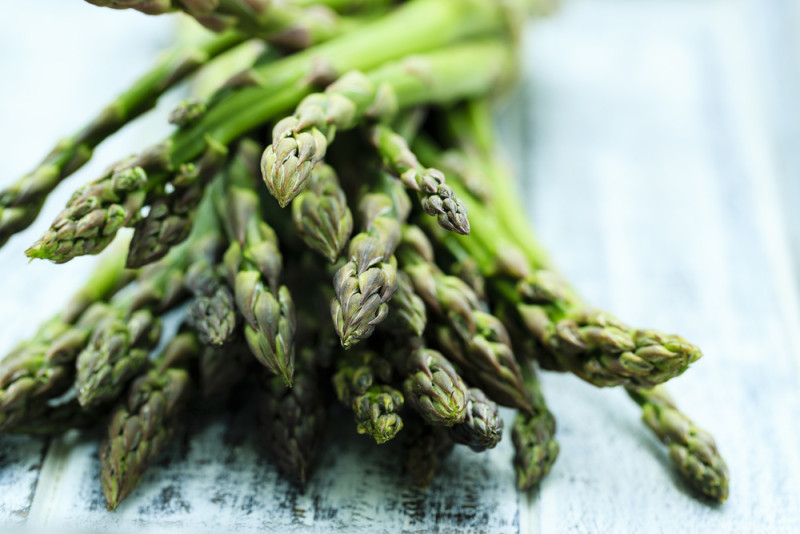How many times have you planted seeds, prepared your soil, pulled weeds and harvested your crops only to tear everything out at the end of the season? Maintaining a garden is a lot of work, but knowing what crops to plant can help make it worth the hassle.
Here are five permanent crops you should plant this spring:
1. Rhubarb

Planting rhubarb will give you the perfect ingredient for pies, jams and preserves. And it grows quickly! If you plant a couple of roots that are a few years old, you’ll be able to harvest in the spring. It’s an attractive plant with large, luscious leaves. Once it starts growing, you’ll have all you’ll ever need! Rhubarb is one of the first plants to provide food in the spring time. You can use rhubarb for baking, making sauce and canning.
2. Horseradish

Horseradish makes a great condiment for many meals. The plant is long with tan-colored roots and tough leaves. It’s super easy to grow, but it can become invasive in a garden. Plant it in an isolated area or in a container instead. The more you weed and water the plant, the thicker the roots will be and the easier it will be to make your own horseradish sauce.
3. Chives

If you don’t have a garden, don’t worry. Chives can be planted in small pots in a sunny windowsill! The harvested leaves can be snipped into small pieces and added to soft cheeses, soups, salads and other foods. They’re delicious on freshly baked potatoes. Chive leaves dehydrate quickly and easily while retaining their flavor and color. They can be rehydrated later on for use.
4. Asparagus

Asparagus is one of the easiest, most commonly grown permanent crops. It can be planted on the edge of a small garden, along a fence or among flower beds. Asparagus can be dehydrated and canned, and it makes for a healthy side dish! By planting one-year-old roots, you can usually begin harvesting in about three years. It’s an investment that will pay off with a little patience. Asparagus requires a lot of nutrients to grow, so make sure you’re taking care of your soil!
5. Mushrooms

You can plant mushrooms in a corner of your garden, on an unused part of your lawn or even on the edge of your woods. Varieties such as Shiitake and Portabella require drilling holes in stumps or logs and placing plugs containing mushroom spawn inside of them. Other varieties only need to be mixed with compost or chips, sprinkled over a raked area and watered. Once you start your mushroom bed, it will last for years with little care.
Sources:
Real Farmacy
Thompson & Morgan
Mother Earth News
Bonnie Plants
Gardener’s Supply Company
Better Homes & Gardens


